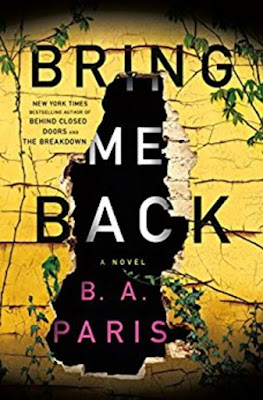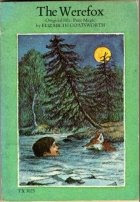32. Death at the Priory
Death at the Priory: Sex, Love, and Murder in Victorian England by James Ruddick

Pages: 203
Finished: Feb. 12, 2008
Reason for Reading: No other reason than it looked interesting. I do like most things Victorian
First Published: 2001
Genre: Non Fiction, True Crime
Rating: 3.5/5
First Sentence:
Comments: Less than six months after her wedding, Florence Bravo's husband died as a result of an extremely painful poisoning. The case became a highly public one and one of Victorian England's most sensational unsolved crimes.
The book is divided into two parts. The first part describes the life of Florence Campbell Ricardo Bravo before her marriage and the details of the crime. This part was very interesting. Florence was not your typical Victorian woman. She refused to put up with her lot as an abused wife and left her first husband, she had an extra-marital affair with a prominent doctor and after the death of said first husband became an independently wealthy woman. The case itself is quite intriguing and as the title suggests, includes all the ingredients for sensationalism.
The second half of the book is the author's attempt to solve the case. He provides evidence that he himself discovered during his own research. I did not enjoy this part as much. I found the author's logic not only faulty but amusing at times. For instance he makes statements such as someone could not be trusted because they were a free mason, someone could not be the murderer because he was heavily involved in charity. I also didn't find his conclusions necessarily very believable. It felt like he had his assumption and then made the facts fit to his liking. This part of the book also takes a look at what became of the major personalities after the inquest which was a very interesting.
Nevertheless, still an engaging read of a fascinating unsolved murder and a particularly appealing look at a non-typical Victorian woman.

Pages: 203
Finished: Feb. 12, 2008
Reason for Reading: No other reason than it looked interesting. I do like most things Victorian
First Published: 2001
Genre: Non Fiction, True Crime
Rating: 3.5/5
First Sentence:
On a warm April morning in 1876, the body of a young barrister named Charles Bravo was carried out of a house in Balham, south London.
Comments: Less than six months after her wedding, Florence Bravo's husband died as a result of an extremely painful poisoning. The case became a highly public one and one of Victorian England's most sensational unsolved crimes.
The book is divided into two parts. The first part describes the life of Florence Campbell Ricardo Bravo before her marriage and the details of the crime. This part was very interesting. Florence was not your typical Victorian woman. She refused to put up with her lot as an abused wife and left her first husband, she had an extra-marital affair with a prominent doctor and after the death of said first husband became an independently wealthy woman. The case itself is quite intriguing and as the title suggests, includes all the ingredients for sensationalism.
The second half of the book is the author's attempt to solve the case. He provides evidence that he himself discovered during his own research. I did not enjoy this part as much. I found the author's logic not only faulty but amusing at times. For instance he makes statements such as someone could not be trusted because they were a free mason, someone could not be the murderer because he was heavily involved in charity. I also didn't find his conclusions necessarily very believable. It felt like he had his assumption and then made the facts fit to his liking. This part of the book also takes a look at what became of the major personalities after the inquest which was a very interesting.
Nevertheless, still an engaging read of a fascinating unsolved murder and a particularly appealing look at a non-typical Victorian woman.


Comments
Post a Comment